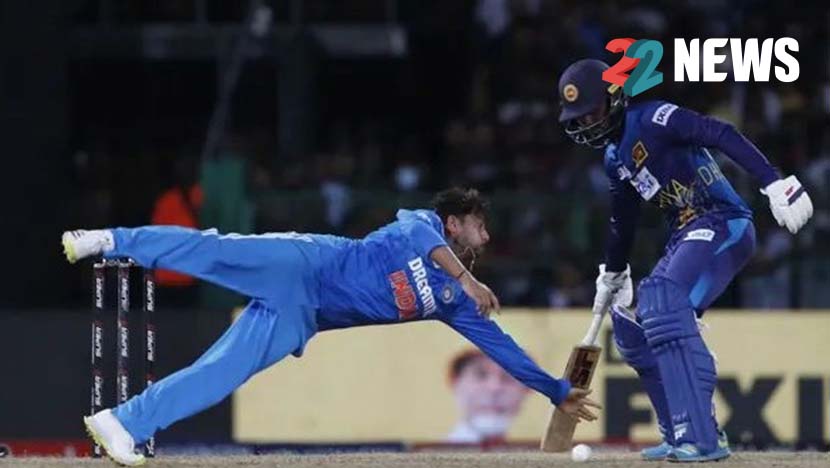India clinched a mammoth victory over England by an innings and 64 runs in the fifth Test at Dharamsala. The win marked a resounding end to the series. On the third day, R Ashwin, India’s premier off-spinner, delivered a masterclass with his 36th five-wicket haul in Tests. He took five wickets for 77 runs. This performance powered India to victory. It also etched Ashwin’s name in cricket history. He became only the fourth bowler to achieve a five-for in his 100th Test. Now, he is tied with Muttiah Muralitharan for the most wickets (nine) in the landmark Test.
England struggled in the second innings. Joe Root (84) was the only batter to put up resistance, albeit in a losing cause. Root’s endeavor to anchor the innings was thwarted despite his effort as partners dwindled at the other end. Notable among the brief resistances was Tom Hartley, who was dispatched by a Jasprit Bumrah special. Shoaib Bashir fell to Ravindra Jadeja’s brilliance, leaving Root to fend for himself. Root’s dismissal sealed England’s fate.
It was a tale of two contrasting performances. India was dominant with the bat and the ball and England continued batting woes. James Anderson’s historic 700th Test wicket was a brief highlight, offering a glimmer of hope for England in the morning session.
Yet, Ashwin’s guileful spin decimated England’s top order. Kuldeep Yadav’s wrist-spin magic in the first innings (5-72) set the tone for India’s dominance from day one. England’s decision to bat first backfired as India’s spinners exploited the conditions. They left England to rue their batting collapses in both innings.
Kuldeep Yadav’s performance on the first day exploited the seamer-friendly conditions. It laid the groundwork for India’s victory. The pitch, initially, seemed to favor seamers. Gradually, it became a spinner’s paradise, and Kuldeep, with his arsenal of tricks, was unplayable for the English batsmen.
Zak Crawley’s (79) innings was the only notable resistance from England in the first innings. Yet, Kuldeep’s mastery ensured a quick collapse, setting the stage for India’s batsmen to capitalize.
India’s batting lineup responded with gusto, amassing runs and setting up a lead. Yashasvi Jaiswal’s fifty set the pace. Then, Rohit Sharma (103) and Shubman Gill (110) delivered knockout punches with their centuries, underlining their dominance with a 171-run partnership. The duo’s aggression against England’s spinners and Stokes’ ineffective field setups showcased India’s batting depth. England was left scrambling for answers.
Contributions from Devdutt Padikkal (65) and Sarfaraz Khan (56) further demoralized England. At the same time, India’s lower order continued to pile on the runs. Even Kuldeep Yadav himself chipped in with a valuable 30.
For England, apart from Anderson’s milestone and Ben Stokes’ occasional brilliance, the series exposed their tactical and technical shortcomings. The Dharamsala Test epitomized England’s series-long struggle with both the bat and the ball. India’s performance outclassed them in all departments. Despite moments of individual excellence, England’s bowling lacked consistency and penetration. The batting lineup’s inability to handle India’s spin assault led to England’s downfall.
The series concludes with India asserting their supremacy. England had to reflect on their strategy and execution in subcontinental conditions. The Dharamsala Test was not just a match but a statement from India. It showed how big a force they are to reckon with in these conditions.
England now needs rebuilding. It is especially applicable in their approach to spin and batting under challenging conditions.
Brief scores: England 218 and 195 (Joe Root 84; Ashwin 5-77) lost to India 477 (Shubman Gill 110, Rohit Sharma 103, Devdutt Padikkal 65; Shoaib Bashir 5-173) by an innings and 64 runs.







